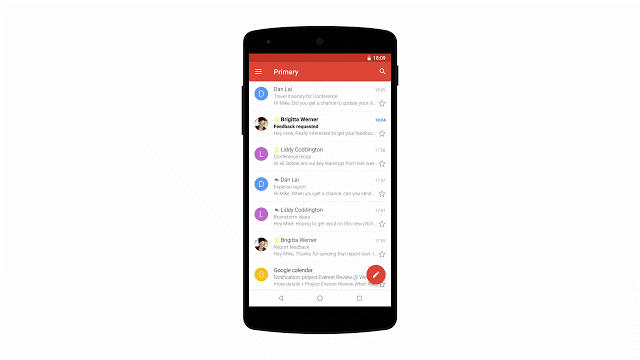Apple appears to be working on another personalized playlist for Apple Music subscribers – this time, one that shows you what your friends are listening to on its service, as opposed to a personalized playlist filled with editorial or algorithmic recommendations. The new “Friends Mix” playlist includes 25 songs and is updated on Mondays, according users who have gained access to this new feature and screenshots of the playlist’s description.
News of the playlist was first spotted by a user on Reddit, then reported by 9to5Mac, AppleInsider and several others, as a result.
Apple has not yet formally announced the addition, and many other Apple Music subscribers are not seeing the playlist at this time.
Apple has also not yet responded to a request for comment, so it’s unclear if the playlist is now rolling out or is something in testing. (This post will be updated with more information, as available.)
According to the original poster on Reddit, the playlist appeared in their Apple Music app on a device that was running iOS 12 beta – this could indicate it’s something that won’t launch to the public until the general release of iOS 12 later this fall.
The tester also noted they had just installed the iOS 12 beta, which could explain why they saw it first.
TC editor Matthew Panzarino, who’s also on the iOS 12 beta, now has the feature, as well. However, others here on the iOS 12 beta – and lower versions of iOS – do not yet.

Above: Friends playlist; image credit Reddit user reesyy
Personalized playlists are a key selling point for streaming music services, with Apple, Spotify, Amazon, Pandora, iHeartRadio and others all offering a variety of playlists for their subscribers. In Apple’s case, it already offers a handful of these, including “Favorites,” “New Music Mix,” and the latest addition, launched over a year ago, “Chill Mix.”
It’s long been time for Apple to expand its lineup of playlists further – especially given Spotify’s growing selection, which now includes its flagship playlist Discover Weekly, its Daily Mixes (plus a new variation, Your Daily Car Mix, apparently, Redditors also spotted), Release Radar, Your Summer Rewind, and Time Capsule.
[gallery ids="1687466,1687467"]
Above: More screenshots, including the playlist description: “A selection of songs based on what your friends have been listening to. Refreshed every Monday.”
However, the value of a playlist of your friends’ music is more questionable.
Though social music was Spotify’s original aim, through integrations with Facebook and tools to find and follow others, it has stepped away from that in later years. Instead, it’s more focused now on making the service feel individualized to each user – after all, your friends could be listening to some awfully terrible stuff.
The arrival of the new playlist follows the recent news that Apple Music is leading Spotify in the North American market, announced by Apple CEO Tim Cook on the last earnings call. Cook also said Apple Music now tops well over 50 million current subscribers and free trial users; Spotify, by comparison, now has 83 million paying subscribers.
Do you have Friends Mix? If so, send me a screenshot noting your iOS version and when it appeared: sarahp@techcrunch.com.

from Apple – TechCrunch https://ift.tt/2OQgf1e

